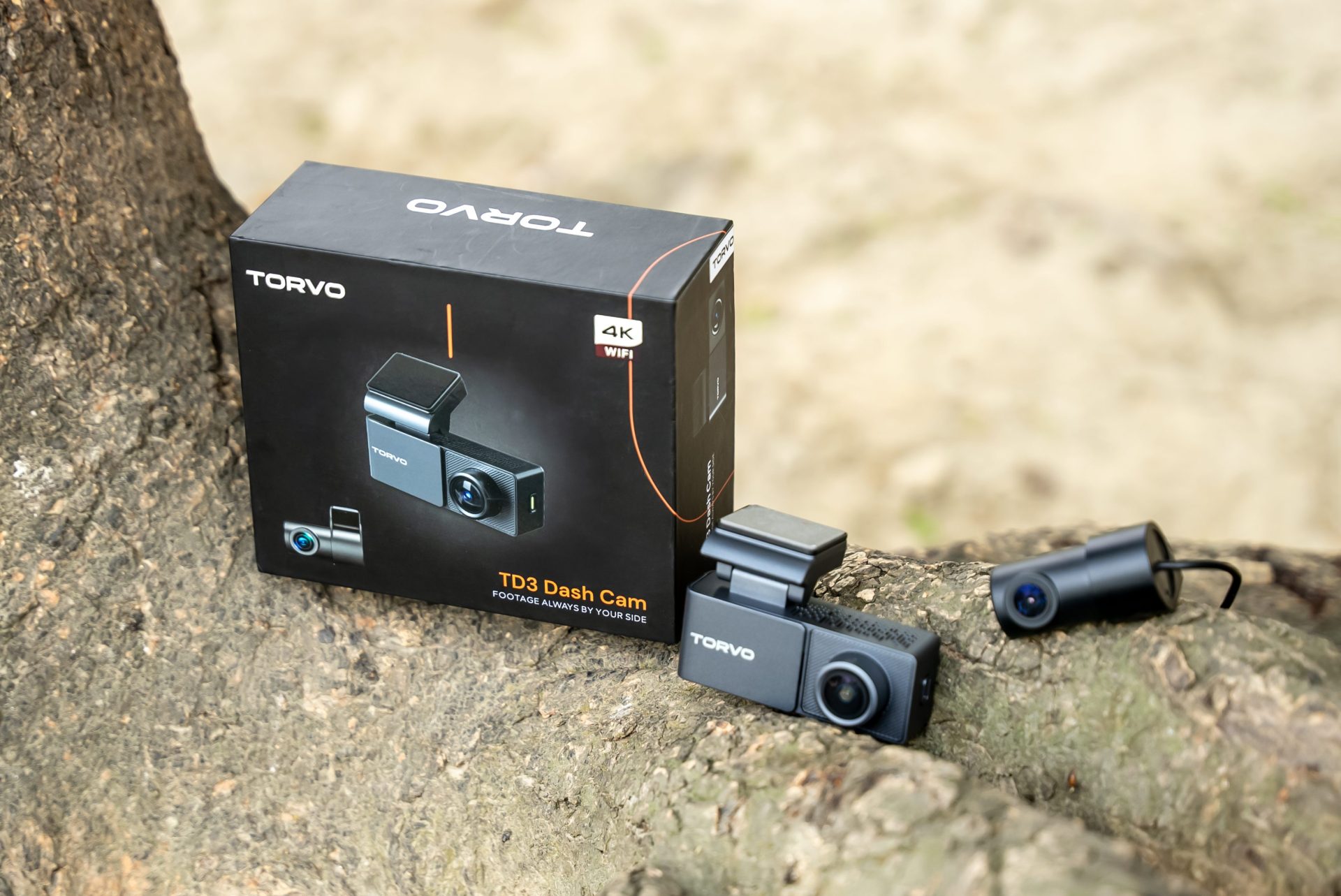Table of Contents
Right after Nestle, PepsiCo is the second-largest food and beverage company in the world. Pepsi owns over 50 popular brands in addition to Pepsi Cola, including Mountain Dew, 7Up, Lays, Doritos, Sun Chips, and Cheetos. Unlike Coca-Cola, Pepsi company didn’t restrict itself to only drinks and beverages. Even though Coca-Cola Company dominates the beverage market, Pepsi is well ahead of Coca-Cola in terms of revenue. In this article, we are going to tell you all about the history and rise of Pepsi.
PepsiCo, Inc. is an American multinational food, snacks, and beverage corporation which has about 50 food and beverage brands, including Mountain Dew, 7Up, Lays, Doritos, Sun Chips, Cheetos, Quaker Oats, Munchies, and Gatorade. In addition, its portfolio of Pepsi includes Lipton Ice Tea in partnership with Unilever and ready-to-drink coffee in collaboration with Starbucks.
Even the most popular drinking water brand Aquafina is under PepsiCo Inc. At present, people in more than 200 countries around the world consume Pepsi products more than 1 billion times a day. With about 291,000 employees, Pepsi currently has a market capitalization of more than 215 billion dollars. In 2020, with more than 70 billion dollars in revenue, Pepsi became one of the best food and beverage brands in the world, securing the position right after Nestle.
History of PepsiCo
The founder of Pepsi Caleb Bradham was born on May 27, 1867, in Chinquapin, North Carolina. While studying at the University of Maryland School of Medicine, Bradham took a part-time job at a local pharmacy. Before completing the graduation, Bradham returned to North Carolina to teach at a school for a while and later established a pharmacy in New Bern’s downtown Middle and Pollock Streets.
In 1893, in his pharmacy, Bradham invented a drink combining sugar, water, caramel, lemon oil, nutmeg, and some natural additives, which he named “Brad’s Drink”. Caleb Bradham thought his drink contained an enzyme called Pepsin which helps digestion. In 1998, with the drink’s rising popularity, Bradham changed his drink’s name to Pepsi Cola and designed a new logo.
In 1902, Bradham applied for a license to turn Pepsi-Cola into a full-fledged business. In 1903, Bradham rented a warehouse for company operation and they were able to sell 7,968 gallons of Pepsi syrup in the first year. In 1905 along with the establishment of Pepsi-Cola’s first bottling franchises in Charlotte of North Carolina and Durham, they changed their company’s logo as well. However, Pepsi underwent yet another logo change in 1906, and the “The Original Pure Food Drink” slogan was included in the redesigned script logo.
In 1907, alongside registering trademarks in Mexico, Pepsi Bottling’s network grew to 40 franchises. By the end of the year, total sales of the syrup had surpassed more than 1 lakh gallons. By 1910, PepsiCo had a total of 240 bottling franchises in 24 US states.
Struggling Period
At the beginning of the First World War in 1914, Bradham stockpiled a large quantity of sugar, anticipating a probable sugar scarcity in the country’s post-war period. However, due to the volatility of the sugar market, Bradham suffered considerable losses.
In the event of such a loss, the company was declared bankrupt in 1923, and Bradham sold all its assets to Craven Holding Corporation of North Carolina for 30,000 dollars. A few days later, a Wall Street broker named Roy C. Megargel bought the Pepsi Trademark, patents, and Goodwill for 35,000 dollars.
In 1931, Roy changed the name of the company to National Pepsi-Cola Company. In that same year, the National Pepsi-Cola Company was declared bankrupt for the second time by the United States District Court of the Eastern District of Virginia.
After that, Charles Guth of The Loft Candy Company and Roy Megargel, the old owner of Pepsi, acquired the National Pepsi-Cola Company under a new contract for just 10,500 and renamed it The Pepsi-Cola Company. Charles Guth became the new president of The Pepsi-Cola Company. In 1933, Charles also bought Megargel’s shares, which raised his shares to 91%.
Turning Around
In 1934, Pepsi began to sell its 12-ounce bottles for 5 cents, while other cola companies were selling their 6-ounce bottles for 5 cents. As a result, the popularity of Pepsi continues to grow.
Caleb Bradham, the founder of Pepsi-Cola, died in February of that year. In 1935, Charles Guth moved the Pepsi-Cola operation to Long Island City, New York. Then in 1936, the number of new Pepsi franchises in the United States grew to 94.
In the USA, 5 cents is called Nickel. Since Pepsi used to sell its products for 5 cents, the company introduced a comic called “Pepsi & Pete” in various magazines. The main theme of the comic was, “Pepsi gives twice as much cola in one nickel.”
In 1940, Pepsi’s “Nickel, Nickel” advertising jingle was broadcasted nationwide for the first time on the radio. In 1948, PepsiCo’s corporate headquarters moved from Long Island City, New York, to Midtown Manhattan. Pepsi got a new logo in 1950 that incorporates the “bottle cap” style.
In 1962, the company changed its logo once again due to the ad campaign of “Pepsi Generation”. Then the company launched its Diet Pepsi in 1964, which became America’s first national diet soft drink. In the same year, Pepsi acquired the ownership of Mountain Dew from the Tip Corporation.
Rise of PepsiCo
Texas’s Frito-Lay merged with Pepsi-Cola to form PepsiCo, Inc. in 1965. The main goal of the merger was to expand the reach of Pepsi in the beverages as well as the snacks industry. In 1966 along with launching Doritos in the US market, Pepsi also commenced Mountain Dew’s first campaign, “Yahoo Mountain Dew … It’ll tickle your innards.” The same year Pepsi expanded its business to Japan and Eastern Europe.
In 1970, Pepsi moved its headquarters to New York in a 144-acre complex. Pepsi entered the Soviet Union in 1972 for the first time, and in 1974, Pepsi established a manufacturing plant there. Pepsi was the first American company to produce, market, and sell its products in the Soviet Union.
In 1975, Pepsi launched a marketing campaign where they blindly tested consumers for cola test preferences, which is known as The Pepsi Challenge. This campaign was the beginning of the Cold War between Pepsi and Coca-Cola. In 1981, PepsiCo subsidiary Frito-Lay launched their new product, Tostitos. By 1983, Pepsi had outsold Coca-Cola and became a strong competitor in Cola’s market share.
However, Coca-Cola continues to lose market share to Pepsi. So in 1985, Coca-Cola changed its formula but it was highly criticized by the consumers. At that point, the “Cola War” reached such an extent that Pepsi sent its drinks to outer space.
In 1986, Pepsi acquired another beverage company, 7-Up, for an undisclosed price, as well as KFC, for 850 million dollars. In 1989 Pepsi entered the Indian market concurrently acquiring two of the UK’s top snack companies, Walker Crisps, and Smiths Crisps. In 1990, Pepsi acquired Gamesa, which is Mexico’s largest cookie company.
Pepsi formed a joint venture with Unilever’s Lipton Tea in 1991 to enter the tea-based drinks market. In 1992, Pepsi acquired Aquafina, which is a bottled water company. In addition, Pepsi established the North American Coffee Partnership with Starbucks in 1994. Pepsi also introduced Lay’s, a new potato chip brand, in 20 markets across the world in 1995.
In 1997, Pepsi brought three restaurants, KFC, Pizza Hut, and Taco Bell, under Tricon Restaurants. Inc. Then, in 1998, Pepsi-Cola acquired Tropicana Products for 3.3 billion dollars.
When PepsiCo merged with The Quaker Oats Company in 2001, 13 consumer brands of Quaker came under Pepsi. In 2005, Frito-Lay established its first “Green” distribution center in Rochester, New York. They also acquired Naked Juice, Izze, and Stacy’s Pita Chip Co. In addition to that, Doritos launched a contest called “Crash The Super Bowl” for the first time.
In 2007, Pepsi agreed to acquire the Russian leading juice company Lebedyansky for 1.4 billion dollars.
At the time, Lebedyansky dominated about 30 percent of Russia’s juice market. According to The Wall Street Journal, this merger will result in Pepsi becoming a major shareholder in Russia’s fastest-growing beverage market.
In 2010, Pepsi acquired Wimm-Bill-Dann, a Russian dairy and fruit juice production company, for 5.4 billion dollars. In 2011, the Chinese food and beverage company Tingyi Holding and Pepsi formed a strategic alliance. The same year, Pepsi paid 520 million dollars to acquire Mabel, a Brazilian company that makes cookies, crackers, and snacks.
In 2014, Pepsi launched Smartfood Delight and Pepsi Spire. Pepsi became a Key Sponsor through a partnership with the UEFA Champions League in 2015. Finally, in 2016, Pepsi acquired KeVita, a prominent producer of fermented probiotic and kombucha beverages.
Present
In 2018, Pepsi introduced several organic drinks like Bubly, Mountain Dew Ice, and Tropicana Kids. The same year, Pepsi acquired Health Warrior and Sodastream. In January 2020, Pepsi unveiled the tagline ‘That’s What I Like’. According to CNBC, Pepsi’s net sales rose 5.3 percent in the last quarter of 2020.
\In December of that year, Pepsi’s partnership with UEFA was extended to 2024. According to a report on companies’ market cap, Pepsi is the 51st largest company in the world with a market cap of 205.73 billion dollars. 53% of PepsiCo’s revenue is generated from its food sector, which includes popular subsidiaries such as Frito-Lay, Quaker, and numerous brands.
On the other hand, the remaining 47% of revenue is generated from the Pepsi beverage sector. According to Pepsi, the company currently has 36 brands in the food sector and 21 brands in the beverage sector. Some of them include Lay’s, Cheetos, Doritos, Sun, Aquafina, Gatorade, Mist Twist, Mountain Dew, Pepsi, and 7-Up.
Although it started with cola, Pepsi has evolved into a food and beverage corporation now. Where longtime competitor Coca-Cola has focused solely on the beverage market, Pepsi has further diversified its business by bringing a diverse product portfolio and several popular brands to the beverage market.
That’s why even though Coca-Cola Company dominates the beverage market, in terms of revenue, Pepsi ranks in the second position right after Nestle.







